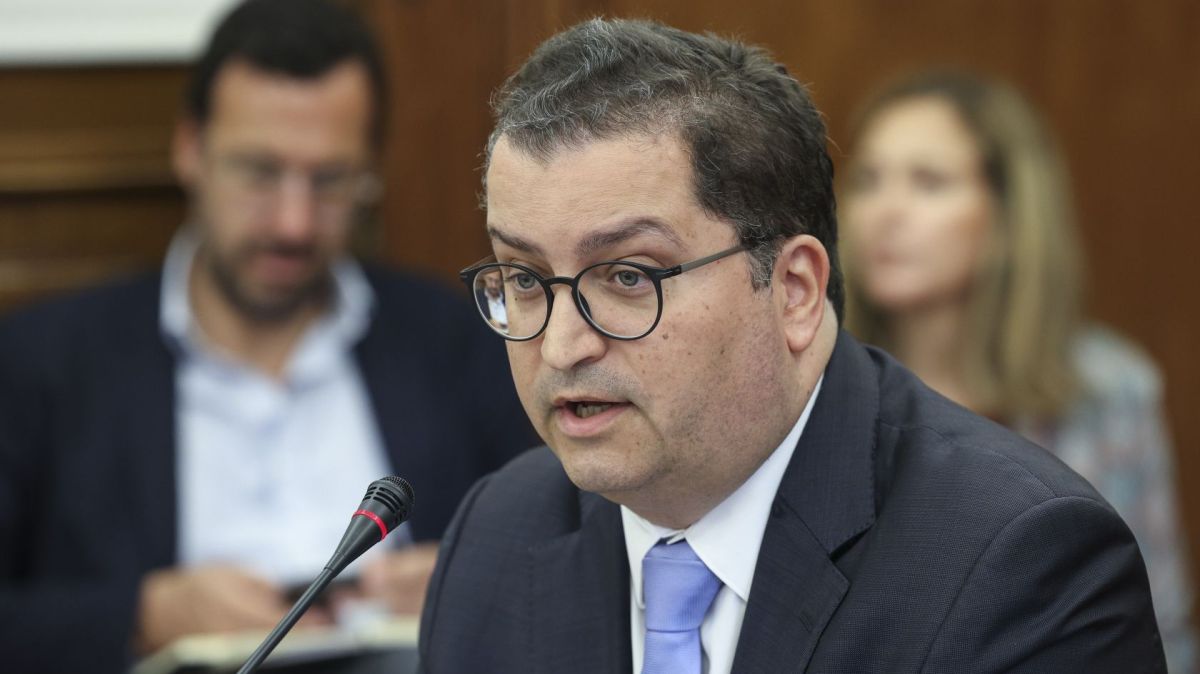According to data from the European Central Bank (ECB), 554,000 notes were seized last year, 19% more than the 467,000 detected in 2023.
The total amount intercepted by the authorities totalled around 26.7 million euros, exceeding the 25 million the previous year. These values place the phenomenon at its highest level since 2019, before the pandemic, but the central bank guarantees that “the probability of receiving a counterfeit note remains remote”.
The apparent contradiction between the growth in seizures and the security of physical money is explained by the size of the market for seized counterfeit banknotes. “Despite the absolute increase, we detected only 18 counterfeits for every million genuine banknotes in circulation in 2024,” the ECB revealed in a statement, highlighting that “euro banknotes continue to be a reliable and secure means of payment”.
This means that for the 554 thousand fraudulent copies, there are currently more than 30 billion authentic notes in circulation. “97.8% of counterfeits were detected in euro area countries, while 1.3% were detected in non-euro area EU Member States and 0.9% in other parts of the world,” says the ECB.
Around 80% of the notes seized in 2024 corresponded to the 20 and 50 euro denominations (compared to a representation of 72% in 2023). At the opposite extreme are the 500 euro notes – whose production was halted in 2019 – which represented just 0.6% of the total compared to 1.% in 2023, confirming the progressive decline of this high-value note on the illegal market.
“The public need not worry about counterfeiting, but should remain vigilant,” the ECB said, noting that most counterfeits are easy to spot “since they either lack security features or only imitate existing features very poorly.” The euro area's central bank says the authenticity of banknotes can be checked using the simple "feel, look and tilt" method.















